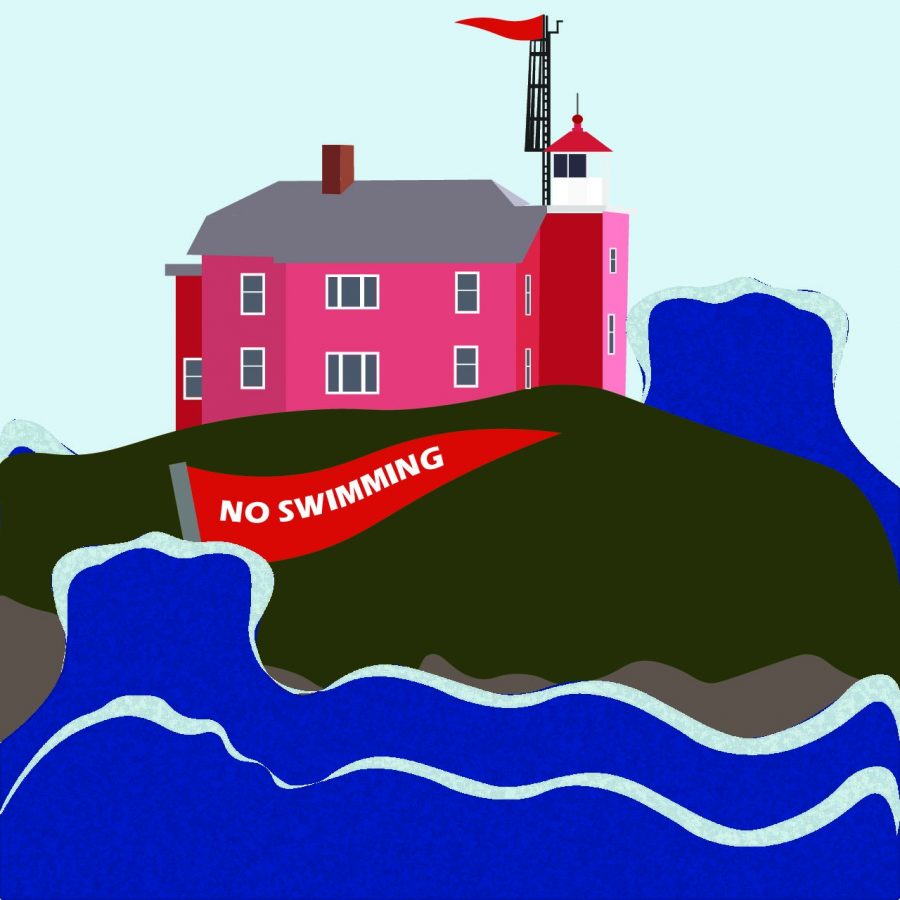Lake Superior water guidelines for staying safe
November 1, 2021
Marquette is known for its natural beauty, most of which is brought on by its close proximity to Lake Superior.
The lake hosts a setting for numerous recreational activities but all who enjoy this valuable resource must always be aware of the dangers faced while on the water. Rip currents, cold conditions and other natural hazards must always be taken into account when planning and executing a maritime escapade.
Marquette’s lifeguarded beach season runs through May 29th through Labor Day. During this time lifeguards will be in place on select beaches and flag statuses will be posted regarding how safe it will be to swim in particular locations.
These flags range from green (low hazard), yellow (medium hazard), and red (high hazard). Flags along with the full list of covered beaches will be posted at the entrance to the waterfront and on the city’s website. You can also find online whether these beaches will be guarded or not on a particular day.
When swimming, one should always bring company and try to visit a location with lifeguards. Be aware near rock formations, these are likely places to find dangerously strong rip currents. Rip currents are strong channels of water that flow away from surfs and beaches. Learn to recognize if someone is caught in a rip current.
If caught in a current yourself, don’t try to fight it. Rip currents don’t pull you under so you aren’t in immediate danger. Swim parallel to the shore to free yourself from the current. Then swim at an angle away from the current towards the shore.
For more info on rip currents, visit the national weather service’s website.
Lake Superior’s waters are beautiful and should be enjoyed whenever possible, but safety should always take precedent. For these tips and more detailed information, be sure to check out NMU PD’s Superior safety tips.
































